The National Archives library was established in 1836 to support the work and research of staff in the archives. It currently has over 75,000 items in its collection ranging from books, journals, annuals, almanacs, yearbooks and directories relating to the history of the United Kingdom, Commonwealth and former colonies, and includes published works on local and county history, military history, law, government and parliament, covering the medieval, early-modern and modern period right up to the present day.
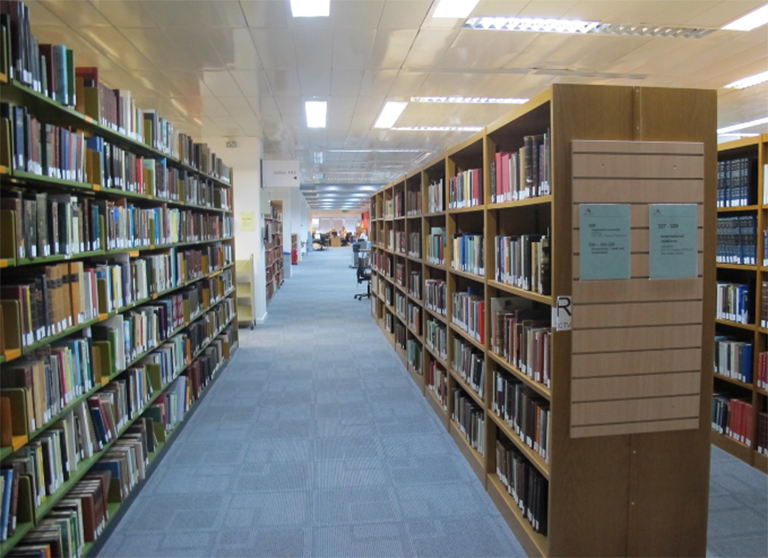
We opened our doors to the public in 1997, making our collection available for anyone to come in and use. Since that time (and before COVID), we have welcomed more than 1,200 visitors a year.
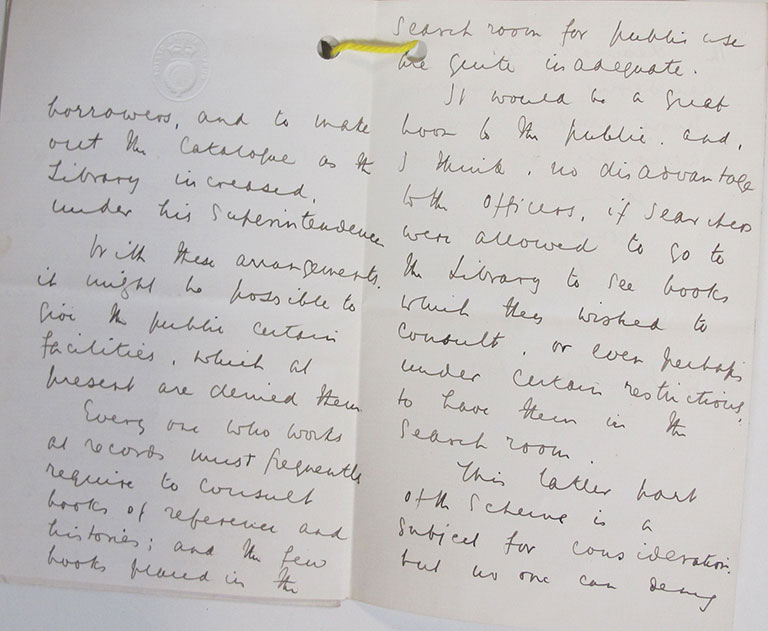
Many of the publications cite the different file series in the archives or can be used to locate file series related to specific subjects and topics. The collection provides an invaluable resource to staff and visitors alike, contributing to the research, events and talks of The National Archives as well as providing a resource for independent researchers and academics from across the globe.


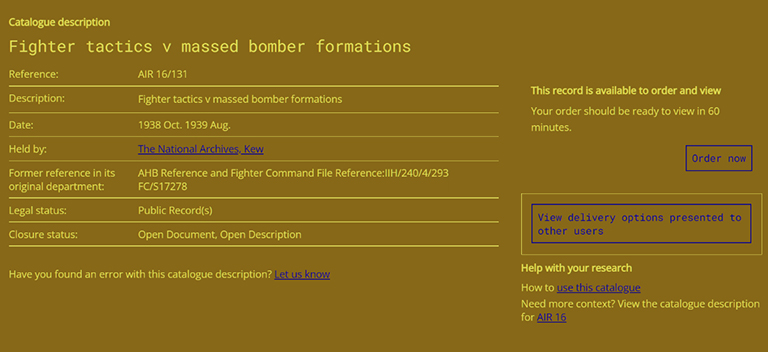
Items on the open shelves date from the 1820s and the years of use are beginning to show some degree of wear and damage to the book casing and pages held within.
In 2018 the Library advertised for volunteers to work on a project to look after the care and maintenance of the collection. The project started with a meticulous survey of the books on the open shelves where the contents, quality and condition of the current collection were carefully evaluated.
Work then moved on to tasks such as removing labels that had or were falling off, which involved delicate removal of old, sticky labels and residue and replacing them with new labels to improve identification.
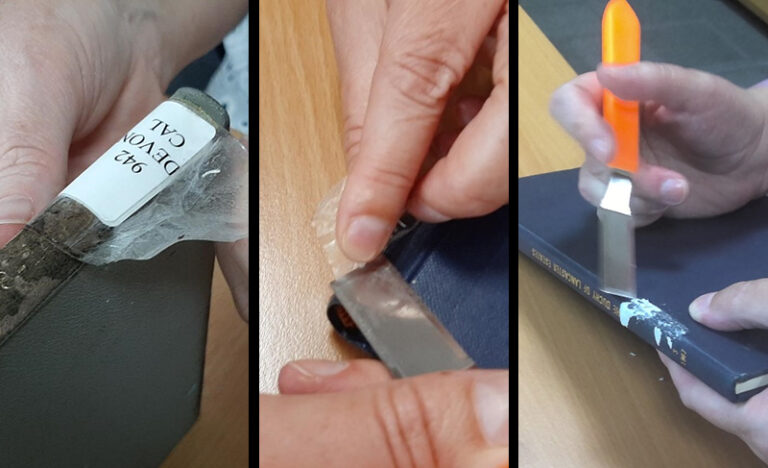
The volunteers also identified books where the boards and spine had become detached or were beginning to become detached, and tied them with archival-quality, cotton tying tape to prevent further damage and loss of boards and also to facilitate removing the books from the shelf.
And for those where the boards and spine were intact, but the covers and dust jackets were damaged, the volunteers used protective quality archival polyester to make simple covers to prevent more damage.
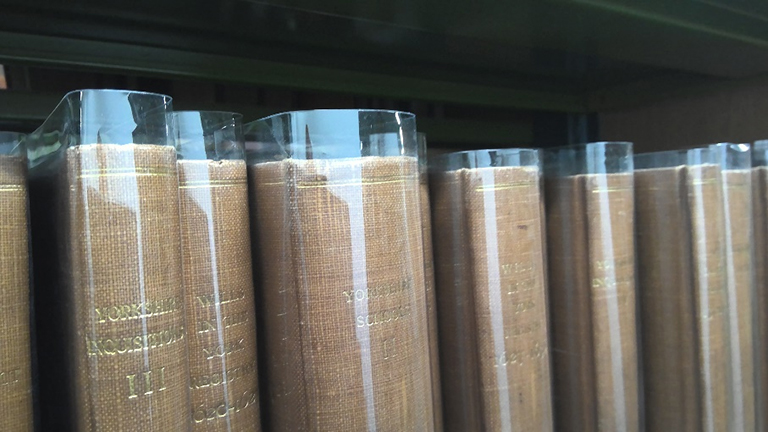
As with many things, our conservation work stopped and the project halted in 2019 due to COVID. We started again in 2021 but not to the same degree or intensity, and we lost some of the original volunteers to other projects and commitments. So in April 2022 we re-advertised for new volunteers to help rekindle the project and continue the work we had started in 2018. We now have a new team of seven volunteers who, though they have only been with us since June, have already made a big contribution to the project, particularly in helping us to improve the accessibility of books within our local history collection.
We have nearly 5,000 books and periodicals in our local history collection. Publications range from individual monographs such as ‘The history of the suburbs of Exeter with general particulars as to the landowners‘ by Charles Worthy (1892) to volume sets such as the 12-volume set of ‘Antiquities of Shropshire by R W Eyton 1854-60‘, to periodicals from historical and archaeological societies such as Worcestershire Historical Society and Transactions of the Leicestershire Archaeological Society.
Many of the books have a reference (call number) that shows the Dewey Decimel code for geographic history of England and Wales (942) and the county it relates to, for example 942 Surrey. Unfortunately all of the items for Surrey will have the same reference, making it difficult to find individual items. Our volunteers are in the process of improving the call numbers to make it easier to find items on the shelves.
Call numbers are being changed from the old call number, 942 [county] to a more detailed call number, [county] [society/author] and [volume number if present] as illustrated in the image below.
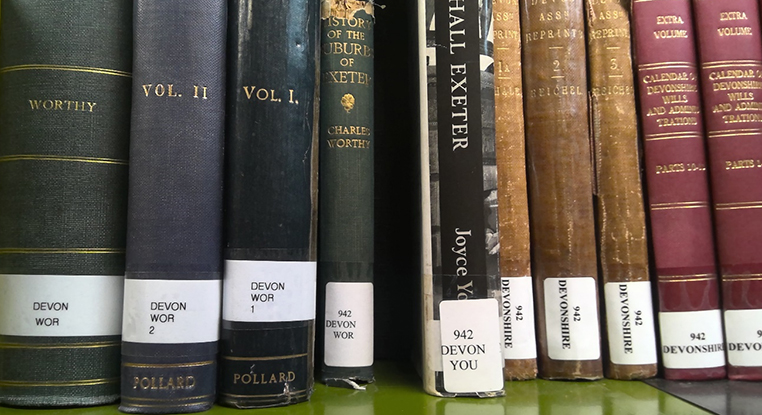
The aim is to make finding individual items on the shelves easier for library users to locate and avoid making them browse through rows of books to find a single volume.
There is more work for us and the volunteers to do to keep the 75,000-plus items in the collection in a good state of repair, so it can remain accessible to all and used for many more years to come. The Library would be unable to do this work without the dedication, support and enthusiasm our volunteers show every week.